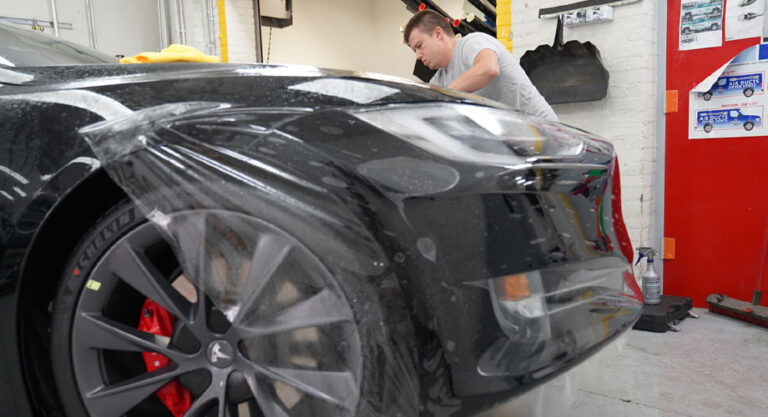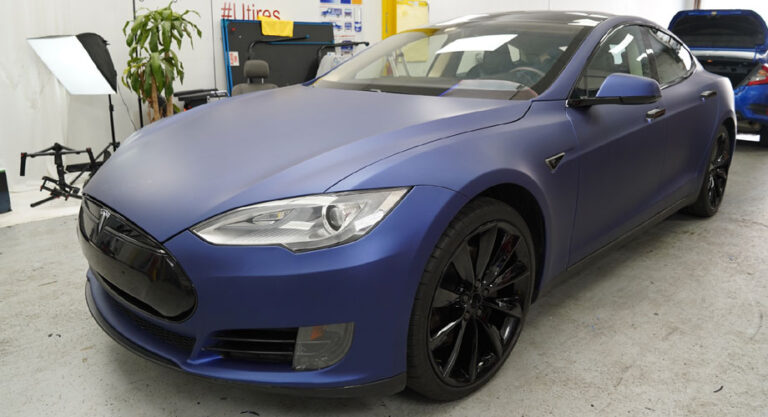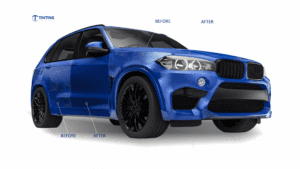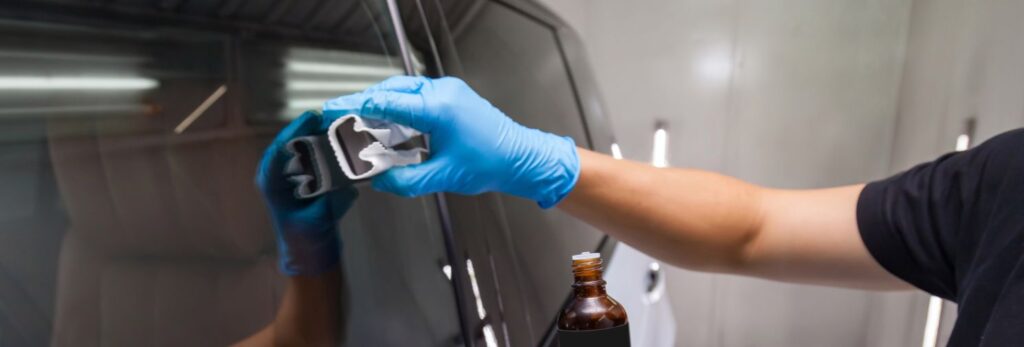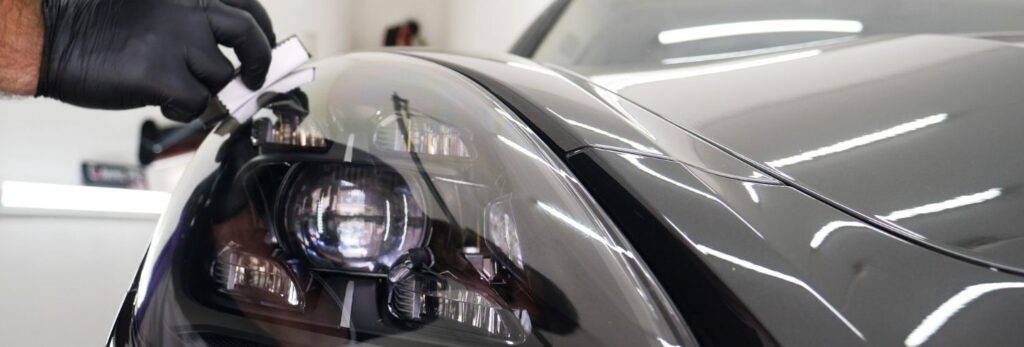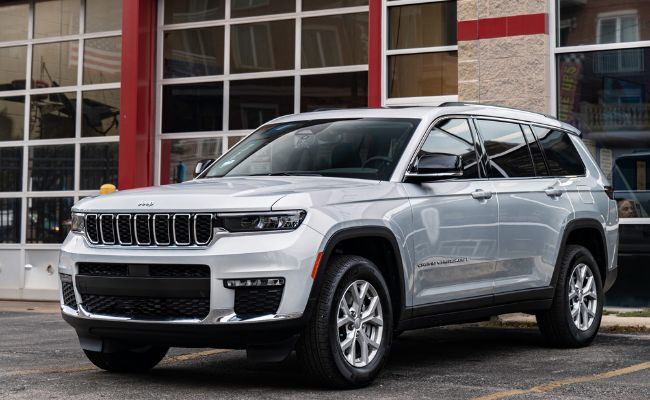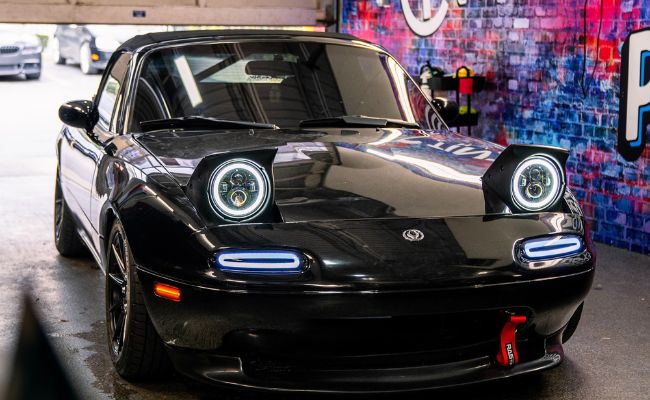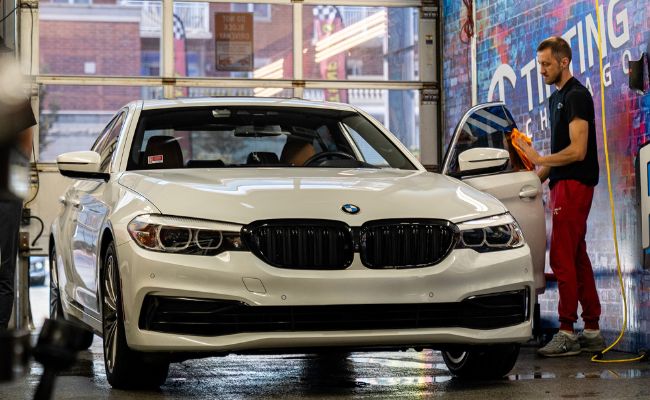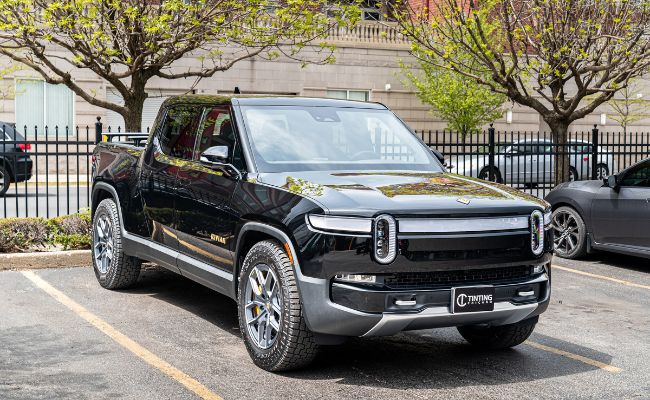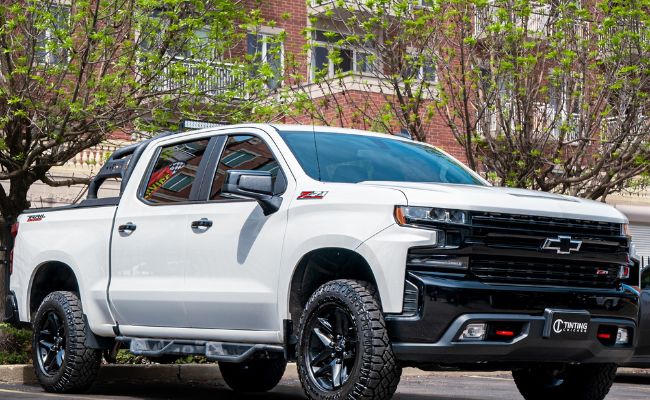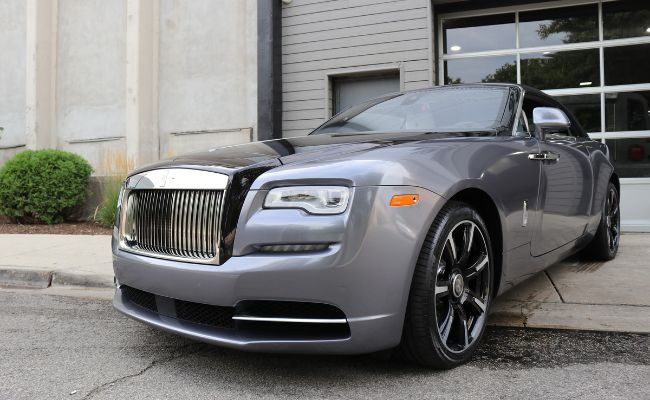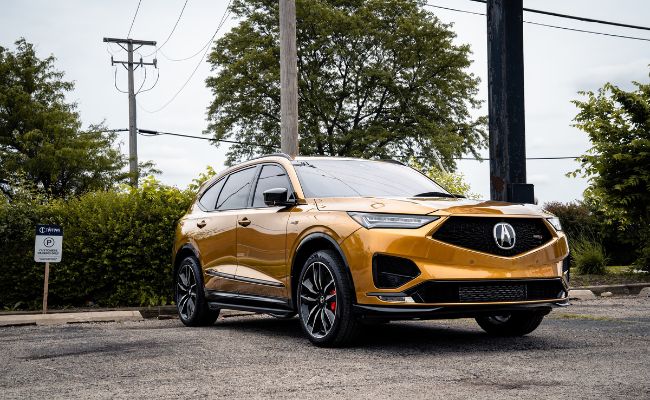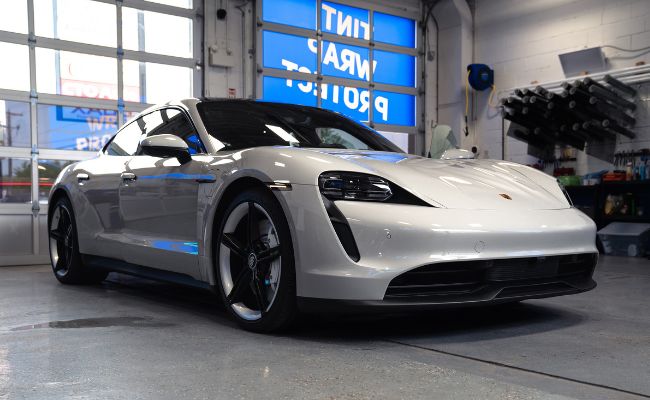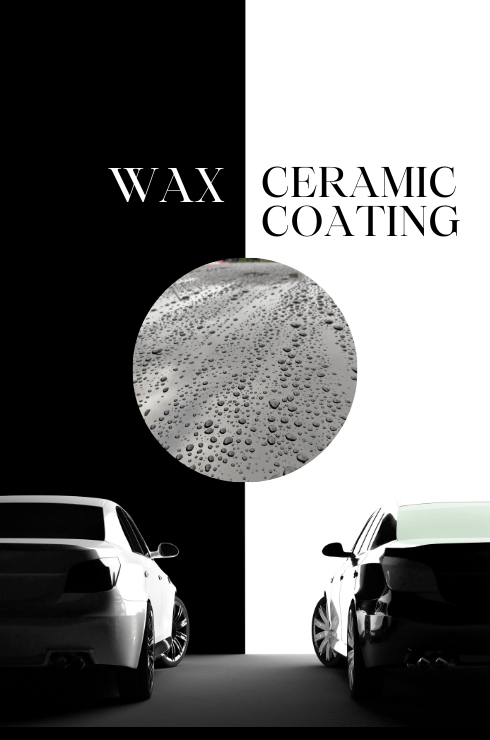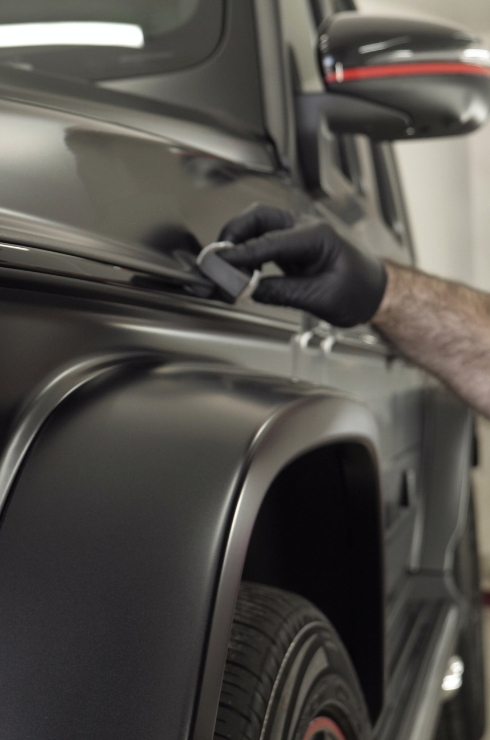Many car owners not only maintain their car’s functionality but also pay attention to its appearance, particularly the condition of the windows. One of the key factors influencing the aesthetics of glass surfaces in the windshield is shine and protection from water spots in rainy conditions, streaks, dust, dirt, bird droppings, and other contaminants.
In the past, many car service centers used wax and polishing to give shine to windows and enhance the body’s paint. However, both methods have significant drawbacks. Therefore, in the practice of American detailing centers, nano coating technology is increasingly used.
This is a quartz coating made of ceramic molecular compounds, which, after the crystallization process, forms a strong and durable protective layer. Processing technology includes liquid glass and ceramic coatings. Depending on the amount of silicon dioxide, these auto chemistry products have different levels of protection.
For example, liquid glass provides basic windshield protection, namely, a self-cleaning effect, eliminating all contaminants and water beads after rain and snow. It creates a protective layer resistant to the chemicals used on the roads during the winter.
If a more advanced approach is needed, using ceramic coatings is better. For instance, the hydrophobic product professional grade FUSION PLUS™, which our center’s experts use, ensures maximum protection against external factors.
Next, we’ll address questions like, “Can you put ceramic coating on windshield?” and how to go about it.
Invisible Glass Ceramic Coating – Stunning Shine and Extra Protection
Nano-ceramics are next-generation products designed for coating the body, glass, and optics. Glass ceramic coating technology was developed by American and Japanese scientists. Their research involved the use of silicon-organic compounds, such as SiO2, which can create a thick polymer layer on the glass surface, providing better resistance to external factors.
Ceramic technology creates an invisible glass-ceramic coating on the surface in the form of a hydrophobic layer ranging from 0.2 to 1.5 microns thick with a strong covalent bond. Thus, nano ceramic glass coating acts like an invisible shield, inert to atmospheric, temperature, mechanical, and chemical contaminants. Additionally, ceramic coating for car windows outperforms traditional protective wax in hardness and self-cleaning properties, lasting up to 24 months.
Applying nanoceramics to car window glass provides a powerful water-repellent effect, prevents streaks, and makes snow and ice removal easier. Water beads and dirt easy slide off the hydrophobic layer under the influence of airflow.




































































































































